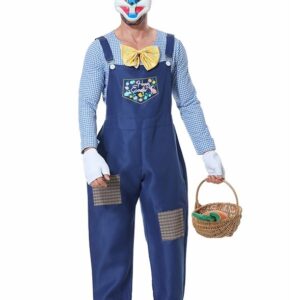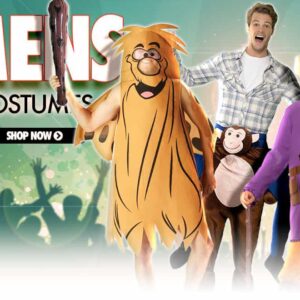Sensory equipment has become a powerful tool in the management and development of individuals with autism and ADHD. These individuals often experience heightened or diminished responses to sensory stimuli, which can lead to challenges in concentration, communication, and emotional regulation.
Types of Sensory Equipment for Autism and ADHD
- Weighted Blankets and Vests
Weighted blankets and vests provide deep pressure stimulation, which can have a calming effect on individuals with autism or ADHD. The weight of these items helps reduce restlessness and anxiety, and can also improve sleep quality. The pressure helps the body release serotonin, a neurotransmitter that promotes relaxation. Many individuals use weighted blankets during periods of heightened anxiety or before bed to transition into a more relaxed state.
- Sensory Swings
Sensory swings are used to help individuals who need vestibular input, which involves a sense of balance and spatial orientation. These swings come in various designs, such as hammock swings, pod swings, or platform swings, and they offer a soothing motion that can calm those experiencing sensory overload. For individuals with ADHD, sensory swings can help them release energy while simultaneously engaging their vestibular system, which promotes better focus and attention.
- Fidget Tools
Fidget tools, including spinners, cubes, and putty, have become increasingly popular for individuals with ADHD. These tools offer tactile stimulation and provide a healthy outlet for restless hands. Fidgeting can help improve concentration and focus by allowing the body to move in controlled, repetitive ways.
- Noise-Cancelling Headphones
Noise sensitivity is a common challenge for individuals with autism. Loud or unpredictable noises can cause significant stress and anxiety. Noise-cancelling headphones are a simple yet highly effective tool for blocking out distracting or overwhelming sounds. Whether at school, in public places, or during transitions, these headphones provide a sense of calm and help individuals better manage their environment.
- Chewable Jewellery
Chewable jewellery offers both oral and tactile stimulation for individuals who engage in oral sensory behaviours, such as chewing on objects. These items are made from safe, non-toxic materials and come in various shapes and textures. Chewable necklaces or bracelets provide a discreet way for individuals to self-regulate their sensory needs without damaging clothing or other objects.
- Visual Stimuli and Sensory Lights
Visual sensory equipment can include bubble tubes, light-up panels, fibre optic lights, and projectors. These items are visually stimulating and can be used in sensory rooms to help individuals relax or focus. Sensory lights are particularly effective for calming overstimulated individuals or creating a sensory-friendly environment for activities such as reading or quiet play.
- Sensory Tactile Walls and Panels
Tactile sensory walls or panels offer a variety of textures for individuals to touch and explore. These panels can be installed in sensory rooms or classrooms and provide calming and grounding sensations for individuals who need to engage with their environment through touch. Tactile input helps those with sensory processing challenges develop their fine motor skills and build emotional regulation.
- Therapy Balls and Cushions
Therapy balls and cushions are versatile pieces of equipment that provide both tactile and proprioceptive input, which relates to body awareness. For individuals with ADHD, sitting on therapy balls or using sensory cushions during activities like homework can help channel their energy while improving posture and focus.
- Calming Sensory Bottles
Sensory bottles, filled with liquids, glitter, or small objects, are designed to engage visual and tactile senses. These items can help individuals with autism or ADHD calm down during moments of overstimulation. By focusing on the movement within the bottle, individuals can regulate their breathing and redirect their attention, making sensory bottles an excellent tool for self-soothing.
Summing up, the diverse range of sensory equipment available today provides individuals with autism and ADHD the support they need to manage their sensory experiences more effectively.


